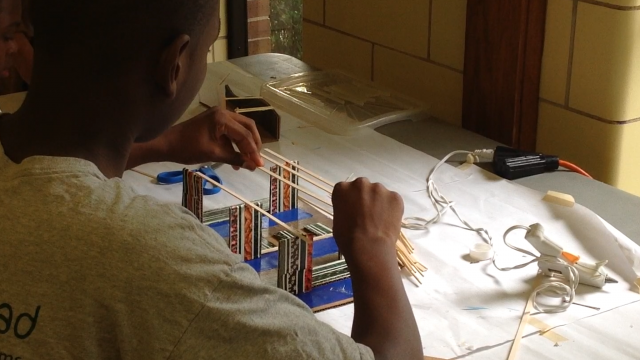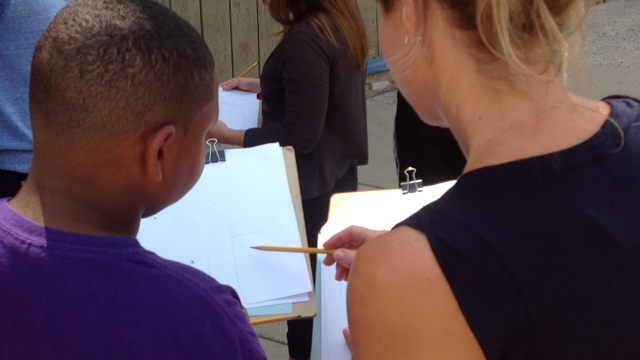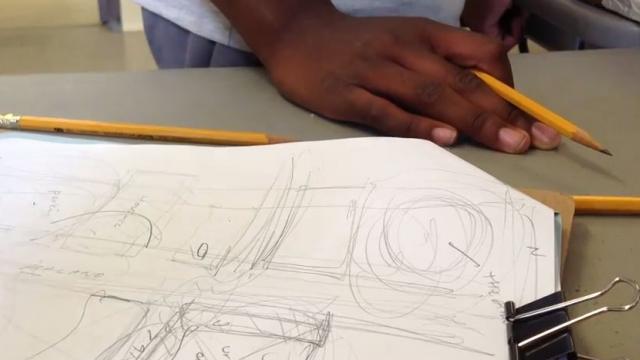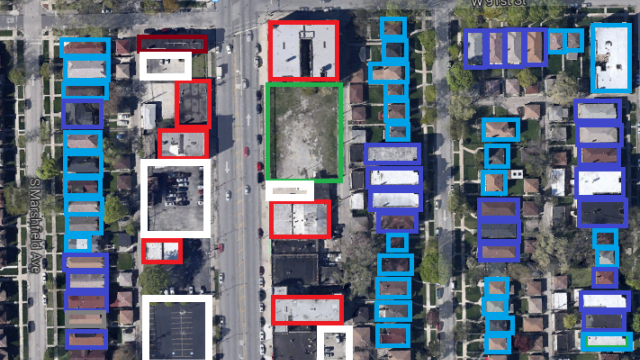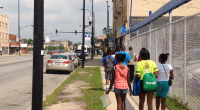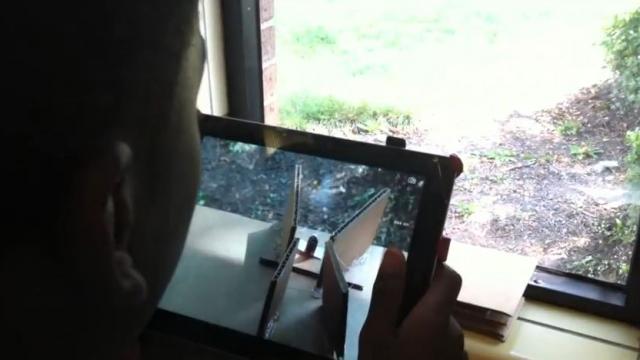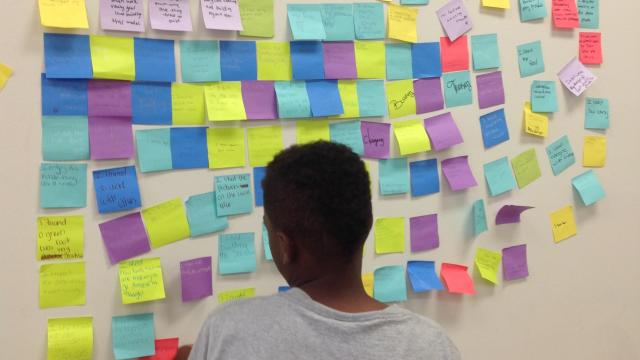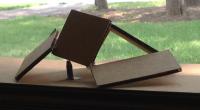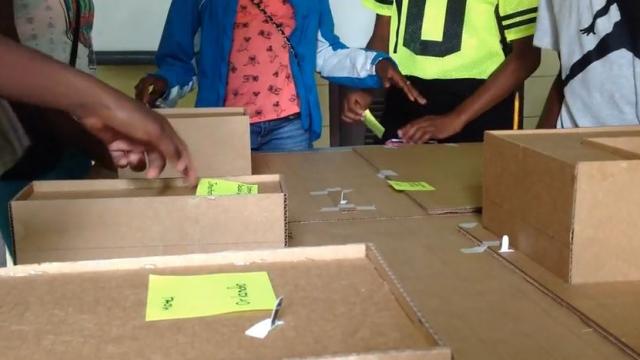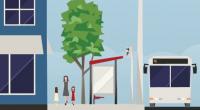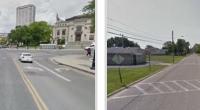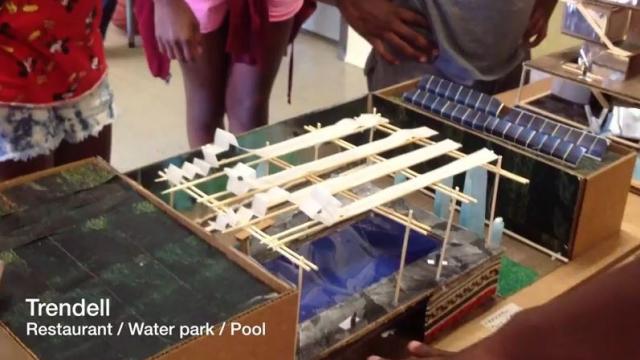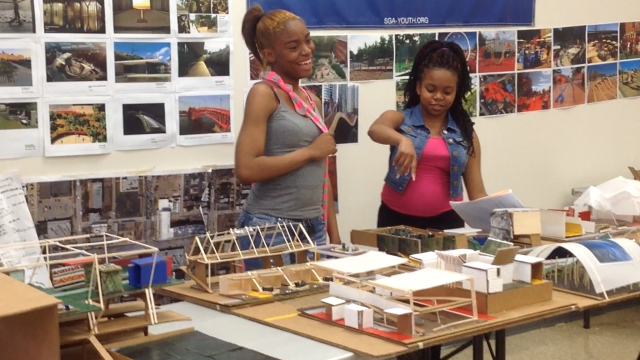A large, continually growing market is the video game industry. On the other hand something that is missing from my ward is a youth center focused on individual growth and making people succeed in all aspects of their life, and thus help in community work.
Inspiring my interest in making a mix use building like this are studies that have proven that gamers have abilities such as following instructions, problem solving and logic, planning, resource management and logistics, multitasking, simultaneous tracking of many shifting variables and managing multiple objectives, accuracy, strategy and anticipation, situational awareness, perseverance, pattern recognition, inductive reasoning and hypothesis testing. Abilities that can be specifically applied to not just, personal life but in community work as well. Having implemented incentives for those who do come, to participate in both, such as getting discounts, in game gifts, benefits, and etc. for contributing and participating in the youth center. Allowing people to not only continue to do what they love but as well as give them a method to make that witch they love help the rest of the community.
Statistically in 2012, video games earned revenue of 78.87 billion U.S. dollars. A different projection estimated that this value would grow to 93.28 billion U.S. dollars the following year and as high as 111.06 billion U.S. dollars in 2015. The amount of time spent playing video games daily is expected to increase by 2018, where a total of 28.3 minutes would be spent daily playing video games. 42 percent of Americans play for at least three hours per week. Four out of five American households contain a device used to play video games. Over 59% of Americans play games. That means that in America alone, over 150 million people play games. 150 million people spread over a vast variety of backgrounds, ages, genders, socioeconomic statuses. All of them are jumping into stories, swapping gummies, fighting foes, traveling through time, and finding hidden objects. Furthermore YouTube gaming channels bring in more than 3.5 billion views each month, people are tuning in on their computers in droves to watch others play video games accompanied by commentary. It has grown so much that it has developed into a professional platform, where top eSports tourneys now draw audiences that rival the biggest traditional sporting events; popular midweek live streams routinely attract more than 100,000 online viewers. Coke and Nissan have joined Logitech and Red Bull as tournament sponsors. Gaming is what every traditional sports league is desperate to become: young, global, digital and increasingly diverse. Some 205 million people watched or played eSports in 2014, according to market research firm Newzoo -- meaning that if the eSports nation were actually a nation, it would be the fifth largest in the world. The League of Legends Championship sold out Staples Center in 2013, then sold out the 40,000-seat World Cup Stadium in Seoul a year later while drawing an online audience of 27 million -- more than the TV viewership for the final round of the Masters.
So by combining both we are guaranteed to succeed in the gamming lounge part, and also can say with the steady stream of customers have a half or more contributing in the youth center. As well as by selecting a location that is right across a high school with thousands of kids constantly going out the door, being close to a library and near two major forms of transportation, the train and bus station. With the added benefit of being by major food chain fast foods, and restaurants. This will allow bring in teenagers from all around the ward.


